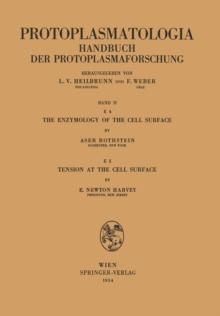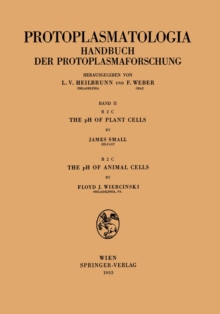
The Nuclear Structures of Protocaryotic Organisms (Bacteria and Cyanophyceae) PDF
by Georg W. Fuhs
Part of the Protoplasmatologia Cell Biology Monographs series
Description
of energids per cell is assumed to equal the number of genetic complements as well as the number of viable cells that eventually may emerge from it without replication of its genetic material. (In eucaryotic cells, polyenergidy occurs in the form of cells containing several nuclei each or as polyploidy, referring to the co-existence of genollles within the boundaries of a single nucleus.
Obviously terms such as "poly nucleated" and "polyploid" arc inappropriate for protocaryotic cells.) The number of energids pCI' cell can be subject to variation as a response to certain environmental conditions 01' during certain phases of a developmental cycle.
The absence in protocaryotic nuclear bodies of structural components other than DNA markedly affects their structure and morphology.
Since the protocaryon essentially is an accumulation of DNA, the amount, mo- lecular organization and chemical state of the DNA are basic determinants of nuclear shape and fine structure.
Therefore, the organized DNA molecule (the genophor) must be considered the principal subject of any treatise dealing with nuclear cytology in bacteria and Cyanophyceae.
Information
-
Download - Immediately Available
- Format:PDF
- Publisher:Springer Vienna
- Publication Date:06/12/2012
- Category:
- ISBN:9783709155875
Other Formats
- Paperback / softback from £63.09
Information
-
Download - Immediately Available
- Format:PDF
- Publisher:Springer Vienna
- Publication Date:06/12/2012
- Category:
- ISBN:9783709155875










